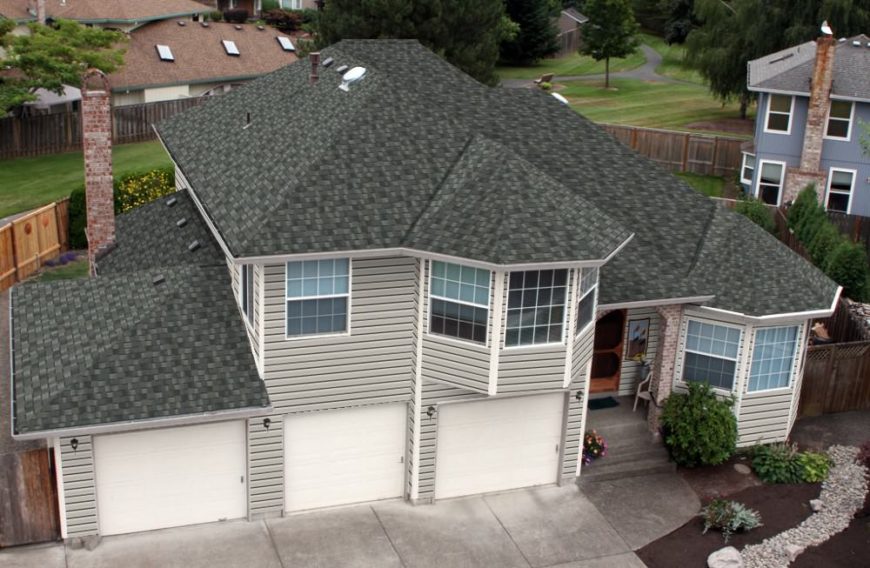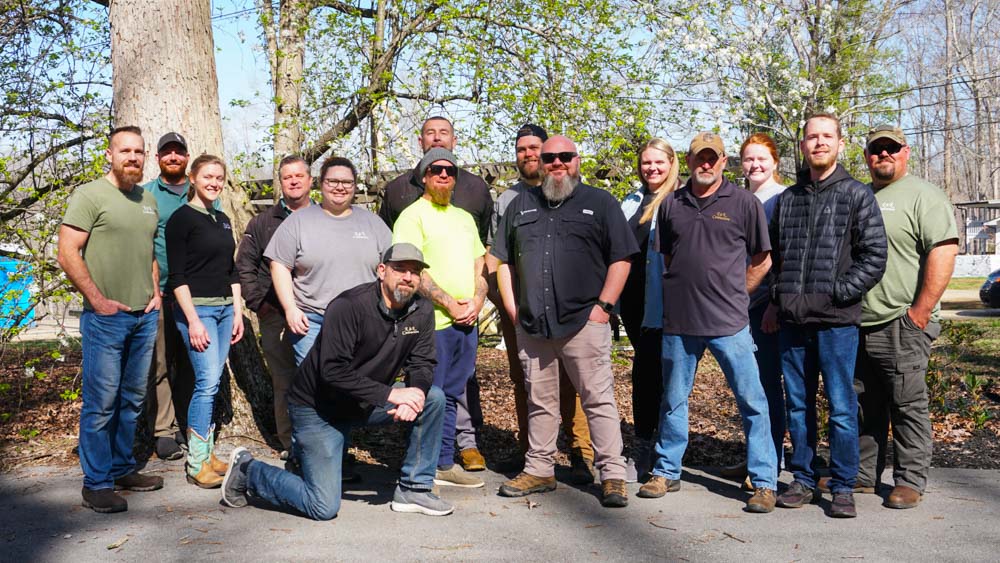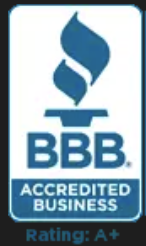The popularity of asphalt roofing can never be overstated. For one, such type of roofing is relatively cheap, costing about $0.80 a square foot. Second, an asphalt roof is easy to install and installation can be done in a day or two. Third, an asphalt roof is relatively durable and maintenance and repair are easy. Fourth, asphalt shingles are versatile and can be used in many architectural types – owing to various styles and colors of asphalt shingles.
There are two kinds of asphalt shingles: organic and glass fiber (a/k/a fiber glass). In glass fiber types, a glass fiber reinforcing mat is molded into the shingle’s shape. Asphalt with mineral fillers is then applied to the shingle. Asphalt shingles are waterproof and, in the case of the glass fiber type, what makes the asphalt roof water resistant is that is the asphalt combined with mineral fillers.

The organic type of asphalt roofing is made of an organic felt material that is usually paper saturated with asphalt so that the shingles become waterproof. Adhesive asphalt is then applied on top and ceramic granules are embedded. The organic shingles are heavier, thus making them more durable than their glass fiber counterparts.
Because of their lightness, any roofing contractor or homeowner would prefer glass fiber shingles to organic asphalt shingles. Aside from their more affordable price, glass fiber shingles are also easier to manufacture. The roofing contractor may also prefer glass fiber asphalt shingles because such shingles are easier to work with than organic ones.
Asphalt shingles – whether glass fiber or organic – are also popular because of the relatively long roof life span. However, the roof life span for asphalt depends on the state or environment where such shingles are being installed. Asphalt shingles tend to last longer in cooler climates, compared with shingles in warmer climates. The average life span of a shingle is about 20 years; however, this varies in certain states. In Arizona, the shingle’s life span is about 14 years while in Minnesota the shingle’s life span is about 19.5 years. In Pennsylvania, the shingle’s life span is 20.8 years.
To prolong the roof life span, a typical roofing contractor would prefer sloped roofs over flat roofs. If water is allowed to “flood” flat roofs, algae and fungus may form. The freeze-thaw cycle can also contribute to the wear and tear of asphalt shingles. During winter, water on flat asphalt roofs can be equally damaging as water will penetrate the cracks and freeze at night. Asphalt shingles are beautiful to look at. Thus, such shingles would be used better in sloped roofs.












